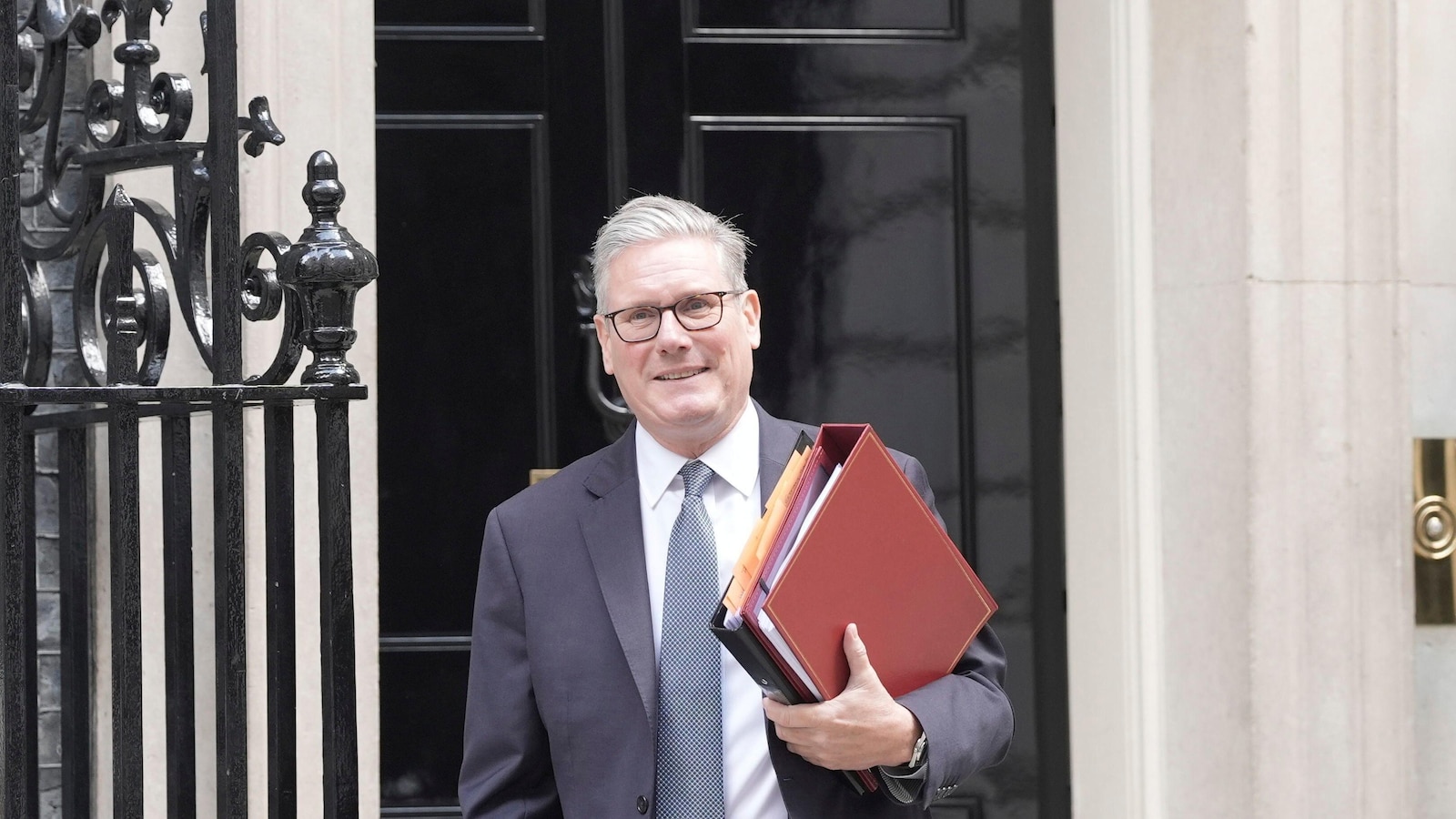In a transformative milestone for UK-India relations, British Prime Minister Keir Starmer and Indian Prime Minister Narendra Modi have unveiled a landmark trade agreement that promises to reshape the economic landscape between the two nations. The deal, scheduled to be signed during Modi's official visit, aims to reduce tariffs on an array of British goods from an average of 15% to 3%. This significant reduction is expected to benefit numerous sectors, including textiles, Scotch whisky, Indian spices,
Did You Know
Sharks existed before trees.
?
AD
and various food and drink items, paving the way for increased trade flows and collaboration.
The agreement represents a bold step in deepening the strategic partnership between the UK and India, which extends beyond mere economic interests. As part of this historic encounter, Modi and Starmer are set to engage in discussions covering critical areas such as defense, innovation, and education. These dialogues not only underscore the shared vision for cooperation but also highlight a commitment to fostering ties that address pressing global challenges while enhancing cultural and societal connections.
Starmer has aptly described the impending signing as a “historic day,” marking a decisive shift in the UK’s post-Brexit trade strategy aimed at diversifying economic relationships. With more than 90% of British exports to India gaining tariff reductions, this agreement is poised to serve as a model for future international trade endeavors, showcasing how targeted agreements can lead to significant mutual benefits. As the world watches, the deal stands as a testament to the potential of international collaboration in an increasingly interconnected global economy.
Q&A (Auto-generated by AI)
What are the key benefits of the trade deal?
The trade deal between the UK and India aims to reduce tariffs on a wide range of products, including Scotch whisky and Indian spices. This reduction, from an average of 15% to 3%, is expected to enhance trade volumes significantly, benefiting both economies. For the UK, it opens up a growing market in India, while India gains access to British goods at lower costs. Additionally, the agreement is seen as a step towards strengthening bilateral relations, fostering collaboration in other sectors like technology and education.
How will tariffs impact UK-India trade relations?
The reduction of tariffs is likely to facilitate smoother trade between the UK and India, making British exports more competitive in the Indian market. This could lead to an increase in the export of textiles, food, and cosmetics from the UK, while allowing Indian products to enter the UK market at reduced costs. Lower tariffs may also encourage businesses to invest more in each other's countries, strengthening economic ties and promoting long-term partnerships.
What products are affected by the tariff cuts?
The tariff cuts will affect a diverse range of products. For the UK, key exports include Scotch whisky, textiles, and food items. Indian imports benefiting from reduced tariffs will include spices, cosmetics, and clothing. The agreement aims to cut tariffs on over 90% of British exports to India, enhancing market access for these products and potentially leading to increased sales and revenue for businesses in both countries.
What historical ties exist between the UK and India?
The historical ties between the UK and India date back to the British colonial period, which lasted from the 18th century until 1947. This period established significant cultural, political, and economic connections. Post-independence, both countries have maintained a relationship characterized by trade, diplomacy, and shared values, such as democracy and the rule of law. This trade deal represents a continuation of efforts to strengthen these ties in a modern context, focusing on mutual benefits.
How does this deal compare to past agreements?
This trade deal is notable as it seeks to significantly reduce tariffs, which is a more aggressive approach compared to previous agreements that often involved slower, incremental changes. Past agreements have typically focused on specific sectors or short-term goals. In contrast, this deal aims for comprehensive tariff reductions across a broad range of goods, reflecting a strong commitment to enhancing bilateral trade and economic cooperation.



















